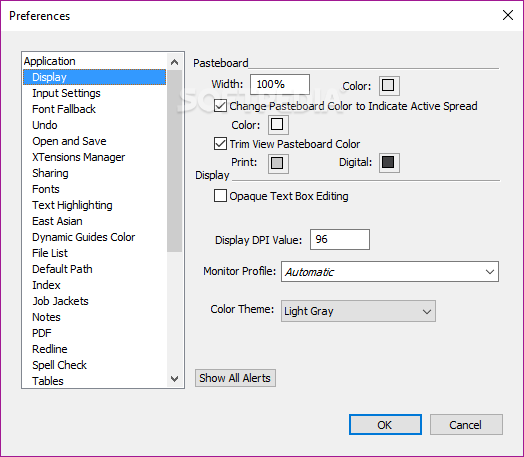
After QuarkXPress 3.3, QuarkXPress was seen as needing significant improvements and users criticized it for its overly long innovation cycles.
#Quarkxpress 8.0 software
Xtensions, along with Adobe's Photoshop plugins, was one of the first examples of a developer allowing others to create software add-ons for their application.Īlthough competitors like PageMaker existed, QuarkXPress was so dominant that it had an estimated 95% market share during the 1990s. In 1989, QuarkXPress incorporated an application programming interface called XTensions which allows third-party developers to create custom add-on features to the desktop application. Quark's AppleScript support was a significant factor in both Quark's and AppleScript's success. In particular, the Mac version of 3.3 (released in 1996) was seen as stable and trouble-free, working seamlessly with Adobe's PostScript fonts as well as with Apple's TrueType fonts. In the 1990s, QuarkXPress became widely used by professional page designers, the typesetting industry and printers. Five years passed before a Microsoft Windows version (3.1) followed in 1992. The first version of QuarkXPress was released in 1987 for the Macintosh. Non-destructive image editing in version 2017 History įounded by Tim Gill in 1981 with a $2,000 loan from his parents, with the introduction of Fred Ebrahimi as CEO in 1986. More recent versions have added support for ebooks, Web and mobile apps.


QuarkXPress is used by individual designers, large publishing houses and corporations to produce a variety of layouts, from single-page flyers and collateral to the multi-media projects required for magazines, newspapers, catalogs and the like. The most recent version, QuarkXPress 2022 (internal version number 18.0.0), allows publishing in English ("International and U.S.") and 36 other languages, including Arabic, Chinese, Japanese, Portuguese, German, Korean, Russian, French and Spanish. in 1987 and is still owned and published by them. QuarkXPress is a desktop publishing software for creating and editing complex page layouts in a WYSIWYG (What You See Is What You Get) environment.


 0 kommentar(er)
0 kommentar(er)
